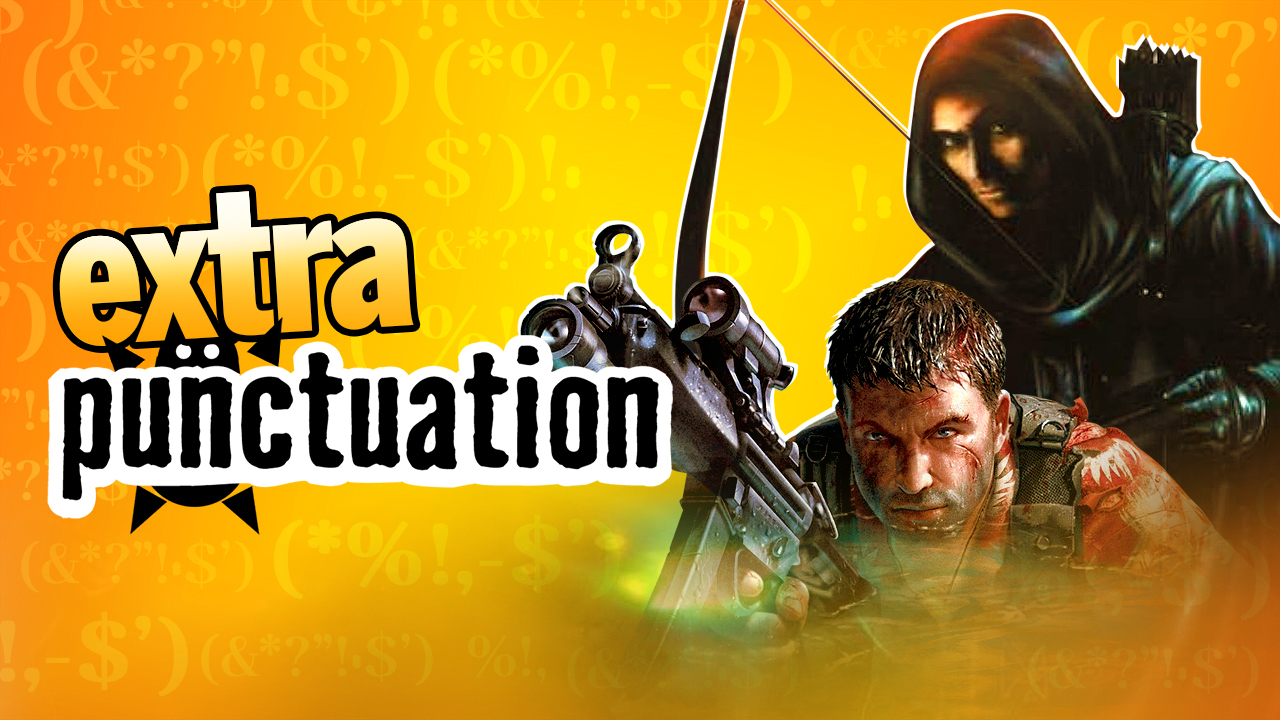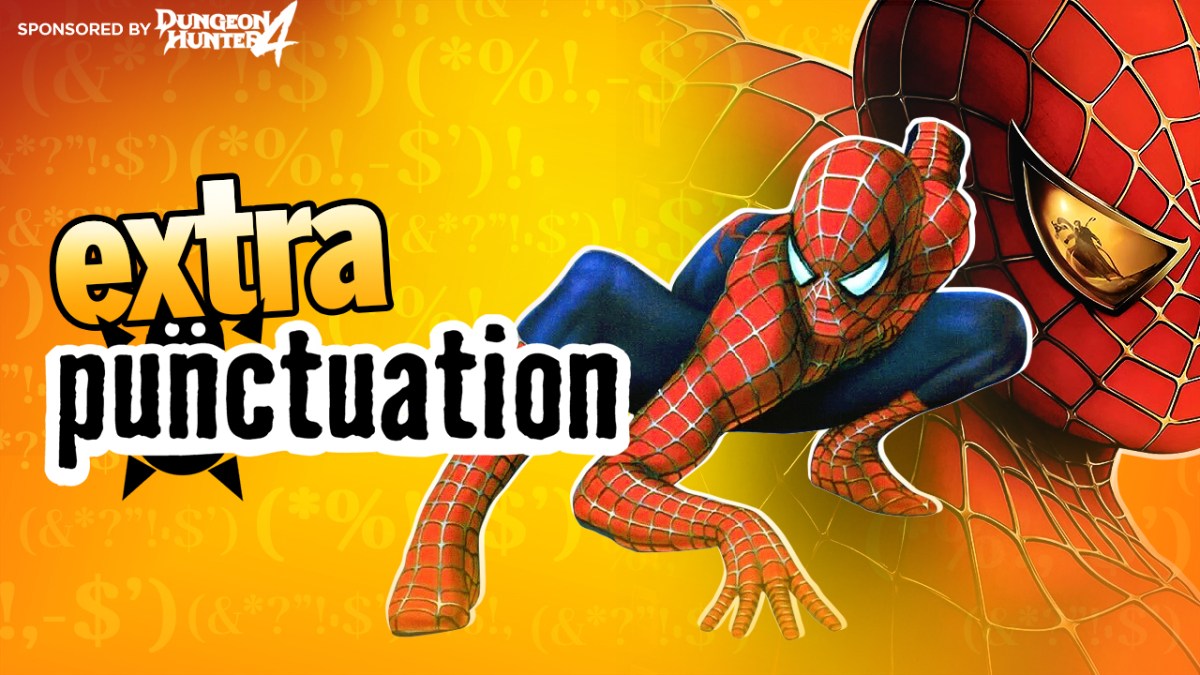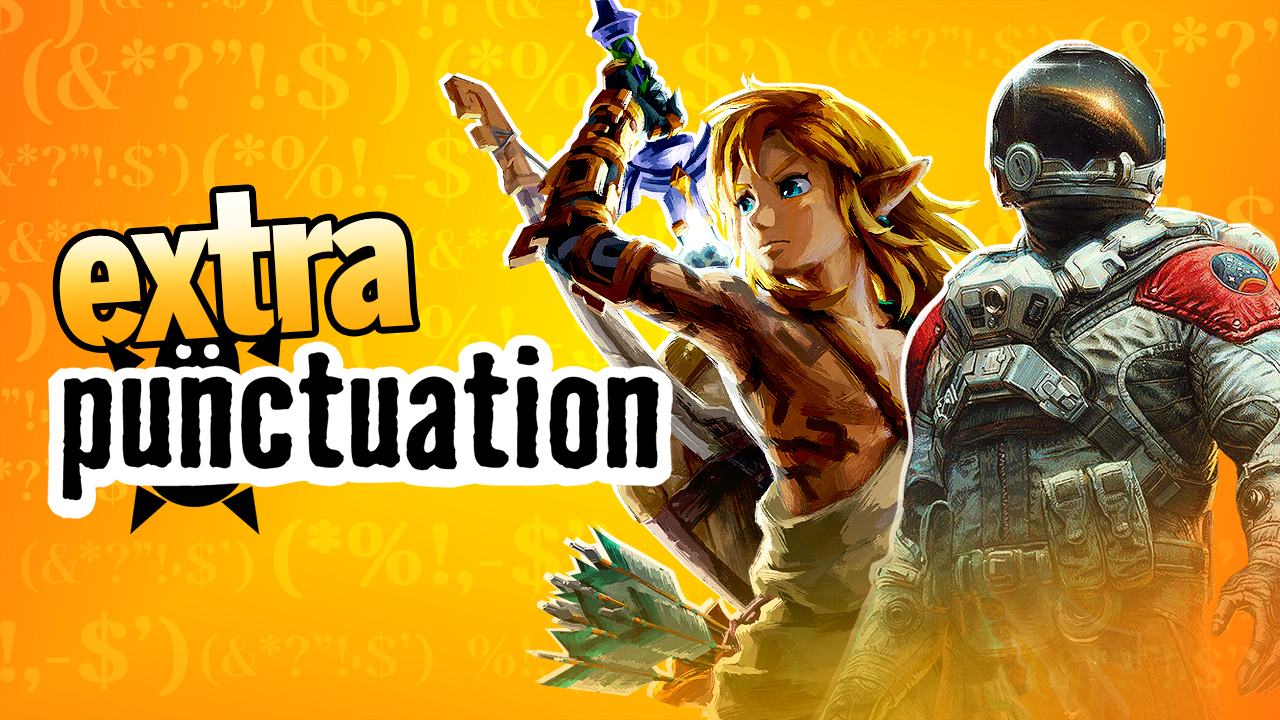
“I disagree w/ @@YahtzeeCroshaw. Shadow of the Colossus was pretty terrible I thought. ‘Hey let’s have lame boss fights and NOTHING ELSE!'”
– xSmootx, via Twitter
xSmootx wins the daily prize for “Person I Most Want to Throttle,” but his statement illustrates how all opinions are subjective and you can’t rely on any reviewer to give you a definitive idea of a game without playing it yourself, no matter how witty, English or astonishingly handsome they may be.
Shadow of the Colossus isn’t for everyone, but I’d consider it very ignorant to call it “lame boss fights and nothing else.” The colossus battles have more in common with intense puzzle platforming sections than a boss fight in the traditional “keep firing at a big lad’s weak point while constantly running so his missiles hit wherever you used to be” sense of the word. But they’re only half of the Shadow of the Colossus experience. The other half is tracking down the colossi, and that means exploration.
Exploration in this case refers to the ability to see and experience the game world you have been given, opening up more and more sections of the map and calling on your Boy Scout orienteering lessons to navigate your way to the next checkpoint. Shadow of the Colossus is one of the few games I can think of that absolutely centralizes exploration as a core mechanic. It’s not just an incidental requirement of finding all the hidden collectibles or killing fifty gnolls in exchange for a pair of a farmer’s old pants. SotC has no wandering mobs and very little in the way of collectibles. All you have is a magic sword that points you in the direction of your next target, and an open game world of incredibly stark, serene beauty that’s well worth seeing to the full. Yes, it’s a little annoying when you try to go straight to the marked destination as the crow flies and find you were supposed to take a considerable detour to avoid a dead end, but that’s where the challenge comes into it.
I think the use of exploration for its own merits is something that’s been neglected lately. I can think of a lot of open world sandbox games that seem to actively discourage it; the ones with dreary, repetitive environments, a minimap you will spend half the game staring at, and a live GPS system to hold your hand in case the freedom gets a little bit too scary. I’m thinking of you, Red Faction: Guerrilla.
Here is a brief list of games. Metroid Prime. Zelda Wind Waker. Silent Hill. Batman Arkham Asylum. Thief 2. What do all these games have in common? Well, they’re all games I like, and they’re all games that have a strong exploration element, without which I would have liked the games considerably less. You’ll notice my serial favorite Prince of Persia: Sands of Time isn’t on this list. It’s very linear with no exploration factor. The sequel, Warrior Within, has a little bit, and I’ve said before that Warrior Within is actually a stronger game, gameplay-wise. It’s just a shame the story took a new direction straight down the S-bend.
Metroid and indeed the entire sub-genre of games that go by the amusing heading “Metroidvania” (see also Castlevania and Shadow Complex)are defined by their exploration emphasis – the first thing you have to do is fill out the map, then you spend the remaining two-thirds of play time backtracking through the map looking for missile expansions and candles with meat in them.
Metroid Prime’s first person perspective did horrible things to the platforming element, but it really brought out the bleak, exotic environment design. Most notably, the game added an intriguing little mechanic in which you could scan virtually anything in the game and get a little flavor text added to a logbook. In one stroke, this added a collectibles sidequest, a hint system and a means to enrich the game world and its history, for you see, exploration can mean more than just filling out the map.
Batman: Arkham Asylum does something similar – you can scan things and you can pick up audio logs and character profiles, although the two things aren’t combined as neatly as in Metroid Prime. And a file explaining Batman’s motivations is of arguable necessity since The Dark Knight brought in more profit than a drive-in brothel on the corner of Money Street.
Now, my tolerance of Zelda tends to fluctuate, especially when it fails to go much further beyond the old predictable overworld-dungeon-boss routine, but Wind Waker struck a real chord with me. Its cartoonish art style holds up extremely well today (nothing ages faster than graphics that try to look realistic) and although you had to sail for quite unreasonably long distances from place to place, it gave the world a wonderful sense of bigness and discovery. This was shrewdly emphasized by islands only being added to your map after they’ve been visited. That is, after you’ve found the neighborhood fish, thrown him some bait, waited for him to swim around to get the bait, then sat through the same lines of dialogue and trademark Zelda triumphant sound effects – OK, maybe that process could have been trimmed down a bit, and a few more dungeons wouldn’t have gone amiss, but the exploring sold it for me.
Silent Hill fairly uniquely uses exploration as a horror mechanic. You start the first game, your helpless daughter goes missing and your map indicates there are any number of streets, alleys and abandoned buildings she could have gone into, so all you can do is stumble through the fog panicking as you wonder what you’re going to tell the wife. Then you discover that half the available routes are blocked by massive chasms of mysterious origin, and realize that the machinations of the town run far deeper than you thought. It’s cracking stuff. But it seems the developers didn’t agree and the games became progressively more linear as the series went on, with Silent Hill 4 even introducing unkillable chase monsters that actively prevent you from being able to take your time hunting through the rooms. That’s like throwing people out of a pogo stick convention for wanting to ride pogo sticks.
Lastly, the missions of the Thief games I like most are the ones where all you have is a loot goal and a massively expansive map, multiple routes and couch change to be found on every coffee table and window sill. This particular facet of exploration is effectively combined with rising tension – it’s very much apparent that your chances of being spotted increase the longer you hang around, but you haven’t quite checked all the crannies yet and even though you’ve met the objective you’ve had your eye on this simply delightful pair of tap shoes lately … and then of course Thief: Deadly Shadows made its environments tight and unexpansive because investment money and committee design seems to create this curious blind spot where fun is concerned.
So, exploration seems to be a running theme in my reasons for liking a lot of my favorite games. But Shadow of the Colossus is one of the only games that recognizes that exploration can stand totally alone as a gameplay mechanic. There’s a very enjoyable freeware game called Knytt that also does, but it was directly inspired by SotC, so can hardly be said to count. And as I said, for some reason not everyone enjoys exploration for its own merits. There are people who just don’t want to know unless there’s always a big fat arrow in front of their face either pointing at something they have to murder or a closet wherein such things can be found. You know. Fuckwits.
Yahtzee is a British-born, currently Australian-based writer and gamer with a sweet hat and a chip on his shoulder. When he isn’t talking very fast into a headset mic he also designs freeware adventure games and writes the back page column for PC Gamer, who are too important to mention us. His personal site is www.fullyramblomatic.com.





Published: Aug 17, 2010 04:00 pm